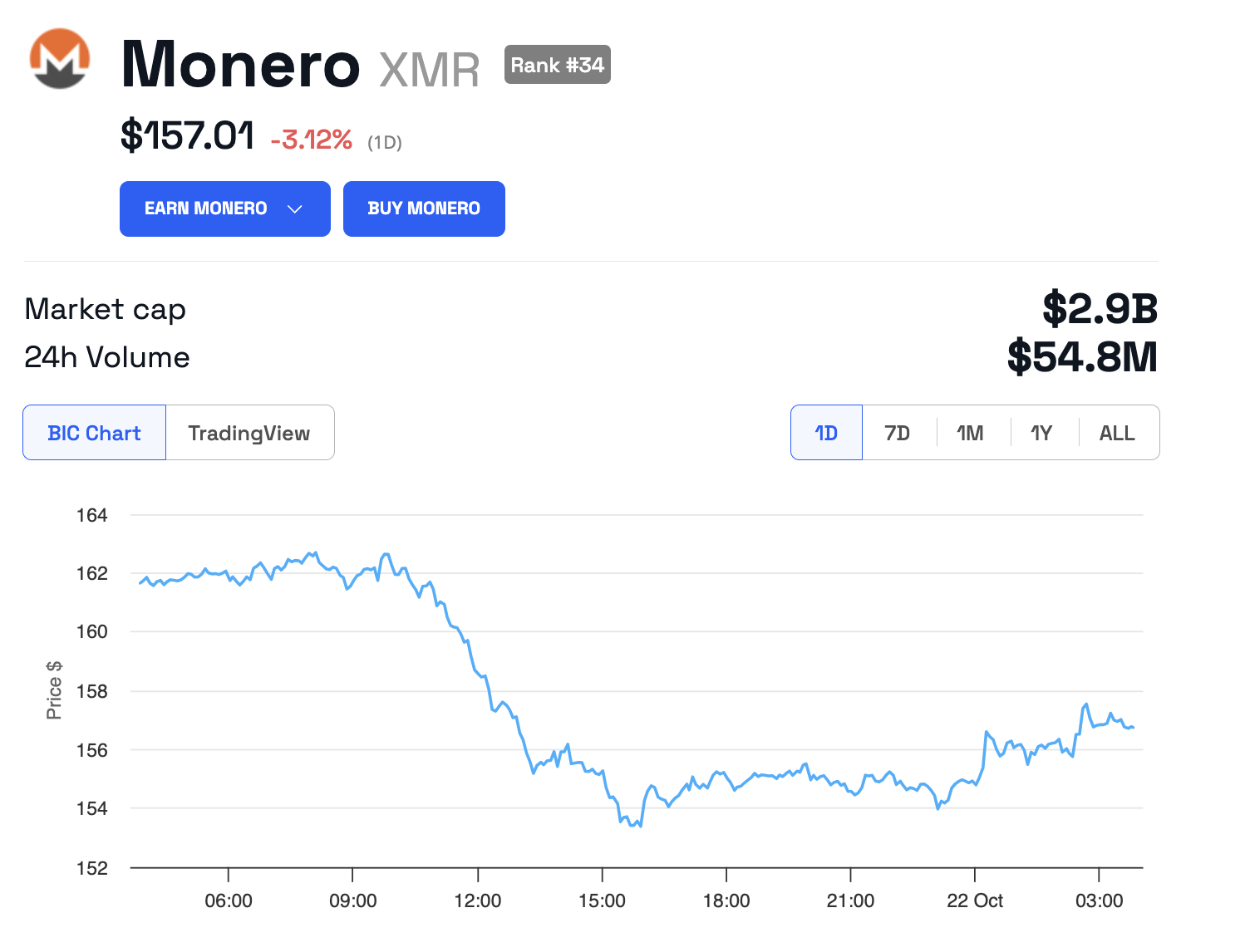Japanese law enforcement arrested 26-year-old Yuta Kobayashi on suspicion of leading a group responsible for ¥100 million ($663,000) in fraud damages. Officials claimed they traced Monero transactions used in money laundering.
Kobayashi’s group tried laundering the proceeds of their non-crypto crimes through Monero and several other methods, but it is unclear how Japanese officials tracked these Monero transactions.
Kobayashi’s Fraud Ring
According to a recent report from The Nikkei, Japanese law enforcement arrested 26-year-old Yuta Kobayashi on suspicion of fraud charges. Kobayashi and his group of at least 18 alleged co-conspirators allegedly created bogus product listings on the crypto-friendly market site Mercari and “purchased” these fake products using stolen credit card information.
Read More: Crypto Social Media Scams: How to Stay Safe
These fraudulent Mercari transactions defrauded users of over 2.7 million yen; however, this was just one avenue of money laundering for the group. All in all, Kobayashi’s crime ring stole over 100 million yen in a highly sophisticated phishing operation. Japan’s Joint Investigation Headquarters detailed the group’s structure.
“The group gathered members for the crimes through ‘illegal part-time jobs’ on social media, and communicated with them through highly confidential communication apps. The Joint Investigation Headquarters believes that they are part of an ‘anonymous, mobile crime group’ (tokuryu), which gathers and disperses on social media,” the report claimed.
The group largely conducted these crimes through various types of credit card fraud, but crypto entered their operations as a money laundering tool. Specifically, The Nikkei claims that law enforcement tracked the crime ring’s attempts to launder stolen money through the cryptoasset Monero. It additionally claimed this to be the first Japanese arrest from Monero’s analysis.
A core function of Monero’s business model is privacy and secrecy. In fact, Monero’s founder has publicly rebuked claims that he ever cooperated with Interpol investigations. In other words, it’s a mystery how, exactly, officials used Monero as the “smoking gun” to make these fraud arrests.
Monero’s value has dropped since the announcement.
 Monero (XMR) Price Performance. Source: BeInCrypto
Monero (XMR) Price Performance. Source: BeInCryptoSo far, however, law enforcement has provided very few details about Monero’s connection to these arrests. The Nikkei claimed that Kobayashi was a prior suspect based on chat logs, and “after analyzing the flow of virtual currency, it was determined that there was a strong possibility that he was involved” in this criminal operation.
Read More: Monero: A Comprehensive Guide to What It Is and How It Works
Despite high-profile criminal operations such as this, the crypto space is becoming much safer from hacking and fraud. Kobayashi’s group seemingly made no attempt to scam crypto users directly.
Instead, it used crypto to launder the proceeds of non-crypto scams. Further investigation details may or may not become public during legal proceedings.
The post Japanese Police Unravel Monero Laundering Operation in Major Fraud Case appeared first on BeInCrypto.

 2 weeks ago
22
2 weeks ago
22








 English (US) ·
English (US) ·